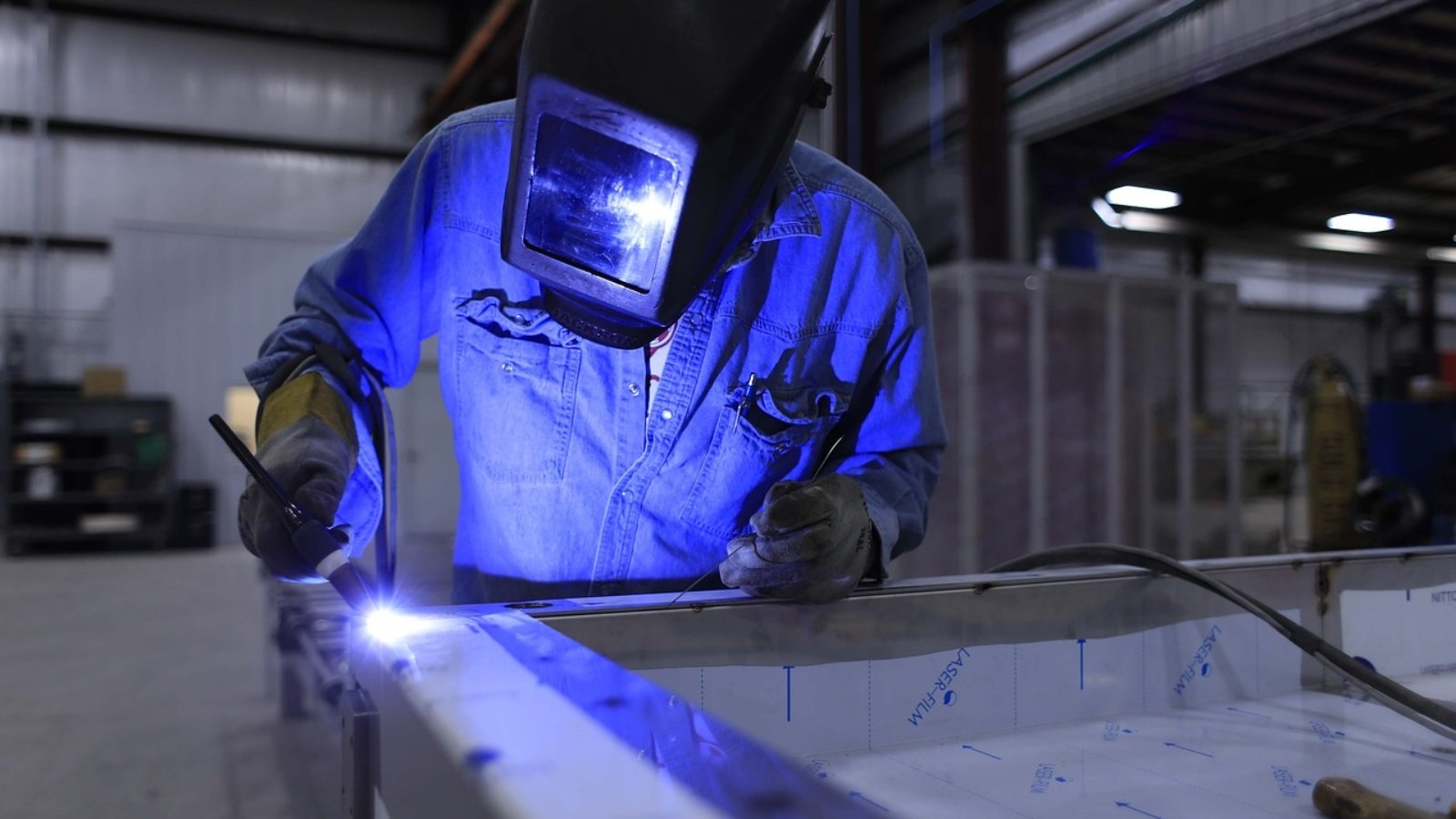
Optimizing Manufacturing Operations: A Guide to SuccessOptimizing Manufacturing Operations: A Guide to Success
Introduction
Manufacturing businesses operate in a competitive environment where efficiency, quality, and cost-effectiveness are paramount. In this guide, we explore the principles of optimizing manufacturing operations to achieve sustainable success.
The Importance of Optimized Manufacturing
Manufacturing optimization involves streamlining processes and operations to achieve maximum efficiency while maintaining product quality. It plays a crucial role in enhancing productivity and competitiveness.
Key Principles of Manufacturing Optimization
- Lean Manufacturing: Lean principles focus on reducing waste and increasing efficiency. By eliminating unnecessary processes, companies can save resources and time.
- Quality Control: Quality is non-negotiable. Effective quality control measures ensure that products meet or exceed customer expectations.
- Process Efficiency: Manufacturing operations involve numerous processes. Streamlining and optimizing each process can result in substantial cost savings and time reduction.
- Supply Chain Optimization: A well-optimized supply chain ensures a smooth flow of materials and goods. This reduces lead times and minimizes inventory costs.
- Technology Integration: The incorporation of technology, such as automation and data analytics, can significantly improve manufacturing processes and overall efficiency.
- Environmental Sustainability: Modern manufacturing is increasingly focusing on sustainability. Reducing environmental impact is not only responsible but can also save costs.
The Role of Manufacturing Managers
Manufacturing managers play a crucial role in the optimization process. They are responsible for overseeing operations, implementing improvements, and ensuring the efficient use of resources.
Balancing Efficiency and Quality
One of the key challenges in manufacturing optimization is finding the right balance between efficiency and product quality. Cutting corners to improve efficiency can lead to quality issues.
Adapting to Changing Market Demands
Manufacturers must stay flexible and adapt to changing market demands. This may involve adjusting production volumes or retooling to produce new products.
Continuous Improvement
Optimization is an ongoing process. Successful manufacturers focus on continuous improvement, regularly reviewing processes and making necessary adjustments.


Leave A Comment